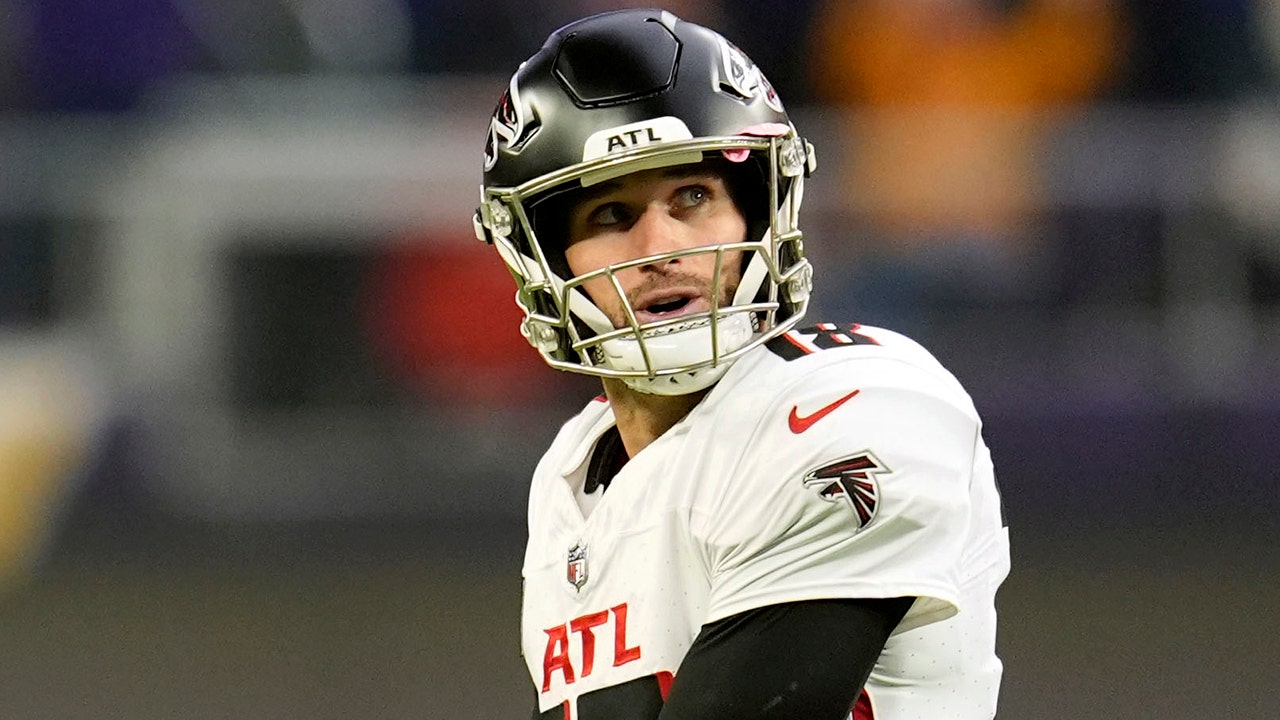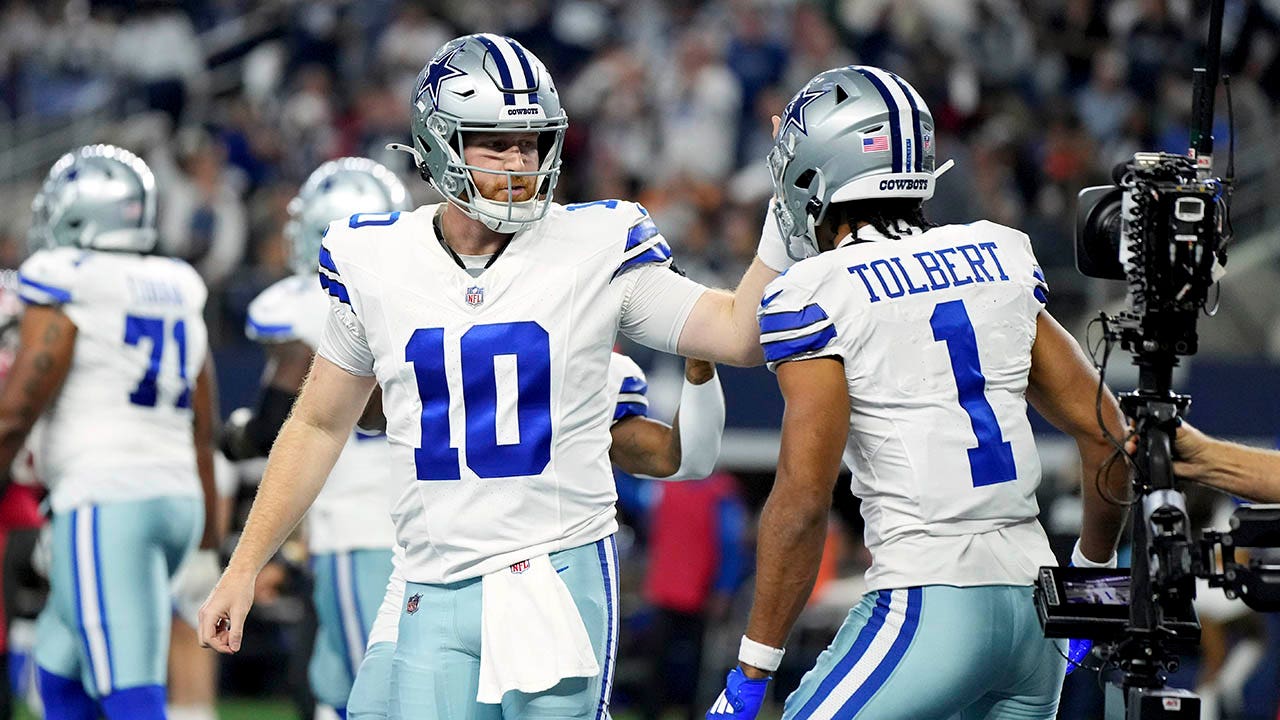Even if policymakers successfully cool down the economy, the sticker price on a gallon of milk or a new house will look different than before the pandemic
There are many reasons. Goods inflation surged in 2021 as supply chains struggled to keep up with sudden demand for all the things people bought while staying at home. Last year, Russia’s invasion of Ukraine roiled global energy markets, sending prices on gas and utilities soaring. More recently, rent has driven overall inflation, as the housing market remains dogged by a major shortage of available homes. (Fortunately, many Americans are also in better financial shape than before the pandemic, helped by historic stimulus efforts and rising wages.)
To break it down, here are six items that have been through the ups and downs of pandemic-era inflation.
Used car prices were one of the first signs of inflation, driven by a mismatch between supply and demand. With people avoiding air travel, subways or even carpools, shoppers bought up every car they could find. But there weren’t nearly enough available. The used car market draws heavily from rental car fleets, which companies quickly sold off when the pandemic began. A massive shortage of microchips and replacement parts constrained supply even more.
By mid-2021, used car prices were rising faster than many other categories that go into measuring inflation. But as the chip shortage waned and people stopped scouring for cars, price increases eased, and now — unlike most goods — prices for used cars are actually falling. In June, prices were down 0.5 percent compared with May and 5.2 percent compared with last year. They’re still up 44 percent over where they were in early 2020.
The pandemic upended where people wanted to live. That triggered a massive reshuffling in demand for apartments and other rentals, driving up rents from Tampa to Phoenix to Austin. On top of that, there still aren’t enough affordable places for everyone to live in, a problem that won’t be solved until millions more units become available.
For more than a year, shelter costs, especially rent, have made up a major share of inflation in the economy. And even though there are signs that rents are finally falling from their pandemic highs, they aren’t expected to return to pre-pandemic levels. Rent in June was up 0.5 percent compared with May and a steep 8.3 percent over 2022.
Gas prices are one of the more direct ways people feel inflation — and they see it on gas station signs wherever they go. Gas prices usually tend to rise in the summer as more people hit the road, but the fallout of Russia’s February invasion of Ukraine turbocharged costs for energy, diesel and utilities in 2022. The average cost of a gallon of gasoline topped $5 per gallon last summer, and the government tapped emergency reserves.
But now energy prices have fallen drastically. That has helped bring down overall inflation — and your own prices at the pump.
Last month, gas prices rose 1 percent over May. But they were down a significant 26.5 percent compared with June 2022.
Prices for plane tickets dropped early in the pandemic as air travel dried up. Then vaccines kick-started waves of revenge travel in mid-2021. But that sudden spike in demand hit before airlines could rehire pilots, flight attendants and ground crews they needed to keep the industry running. Ticket prices shot up as a result.
Last summer’s surge in energy prices pushed inflation even higher. But as demand cooled and fuel prices plummeted, airfare is cooling again. In June, prices were down 8.1 percent over May and 18.9 percent over the year before.
Food prices have been pinched by clogged supply chains and labor shortages, which made it more difficult for the basics to reach grocery shelves. But last year, the war in Ukraine worsened the problem — the country is a major exporter of grain used to make cereals, breads and other bakery items around the world.
Both issues have eased. But in June, prices were still up 0.1 percent over May and 8.8 percent over last year.
A pop in egg prices stemmed from an entirely different set of problems: A severe outbreak of bird flu in the United States killed many egg-laying hens. And the disease was so contagious that farmers often had to kill their birds to avoid the flu.
The outbreak has since been contained, and prices fell as a result. Still, grocery costs are up in general, and egg prices are not back to pre-pandemic levels. In June, egg prices were down 7.3 percent over the previous month and are down 7.9 percent over last year.
























1734954217-0/T-Edit-article-images-(1)1734954217-0.jpg)























